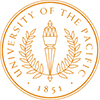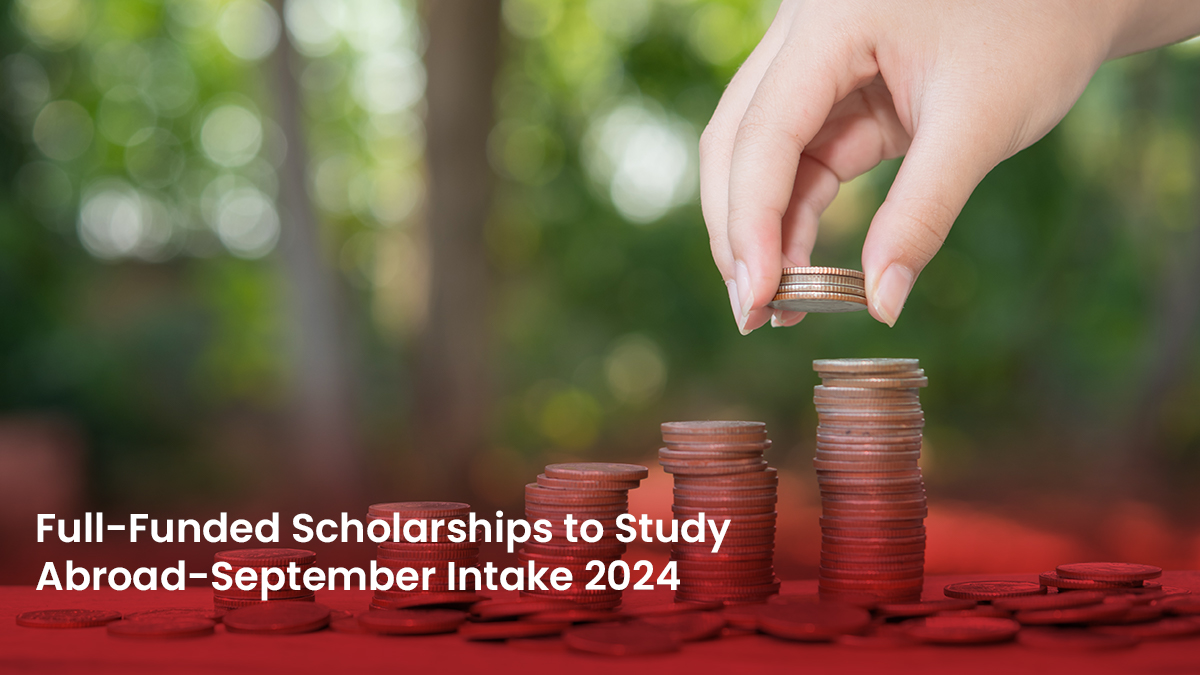The possible impact of Brexit and the pandemic can be seen in the number of international student applicants to the UK. The number of applicants from Europe for the Oct. 15 deadline for the 2022 admissions cycle witnessed a drop, as per data from the Universities and Colleges Admissions Service (UCAS).
While there were 5,220 applicants from the European Union (EU) at the same stage last year, this year the number dropped to 4,370 applicants. However, this decline is less than the 56 percent decrease from the region that was recorded in August for the 2021 intake.
Student applicants from non-EU destinations were largely the same this time compared with the October 15 deadline for 2021. Last year saw 17,510 applications and there were 17,460 for the 2022 cycle.
Countries such as Australia, Canada, the United States, Hong Kong, Singapore, China, and India were among those with the highest number of applicants. China submitted 4,570 applications for the 2022 cycle, slightly more than last year’s 4,340. There were 1,410 applicants for the Oct. 15 deadline for the 2022 cycle from India, a slight drop from the 1,530 in the previous year.
The non-EU region has seen a steady growth in terms of these numbers since 2013 when 10,220 student applicants were recorded for the Oct. 15 cycle. The number of applicants reached 11,510 in 2017, 13,650 in 2019, and peaked at 17,510 in 2020. From the EU region, Ireland had the maximum number of student applicants at 850, followed by France (470), Germany (450), Spain (390), and Italy (340).
Brexit has impacted the UK’s international higher education sector in many ways. With European students losing out on a few things such as paying the same tuition fee as UK students, having the same post-study work rules as other international students and limited access to UK education loans, the trends in the last few years indicate that these factors might have affected the flow of EU students to the UK.
UCAS also registered a decrease of 50 percent in students from the EU, with around 12,920 students as of the first week of September 2021 who were accepted to their first choice of UK universities. In 2020, this number was at nearly 29,630.
As of June 30, 2021, there was a 30 percent increase in the number of undergraduate applications from Indian students, according to UCAS. Despite travel restrictions due to COVID-19, as many as 9,930 applications came from Indian students, an increase from 7,640 applications last year.
This can be attributed to steps such as the Graduate Route Visa, which makes students who complete their undergraduate or postgraduate course become eligible to apply for the two-year visa. This enables them to get crucial and valuable work experience, eventually facilitating the shift to the skilled worker visas offered in the UK.
When it comes to the financial aspect, international students bring in more revenues to the UK than the EU students.
A recent report by the Universities UK International and the Higher Education Policy Institute says that the total economic benefits of international students to the UK economy in 2018-19 were around £28.8 billion, of which £6.1 billion was generated by EU students, and the remaining £22.7 billion by non-EU students.















































